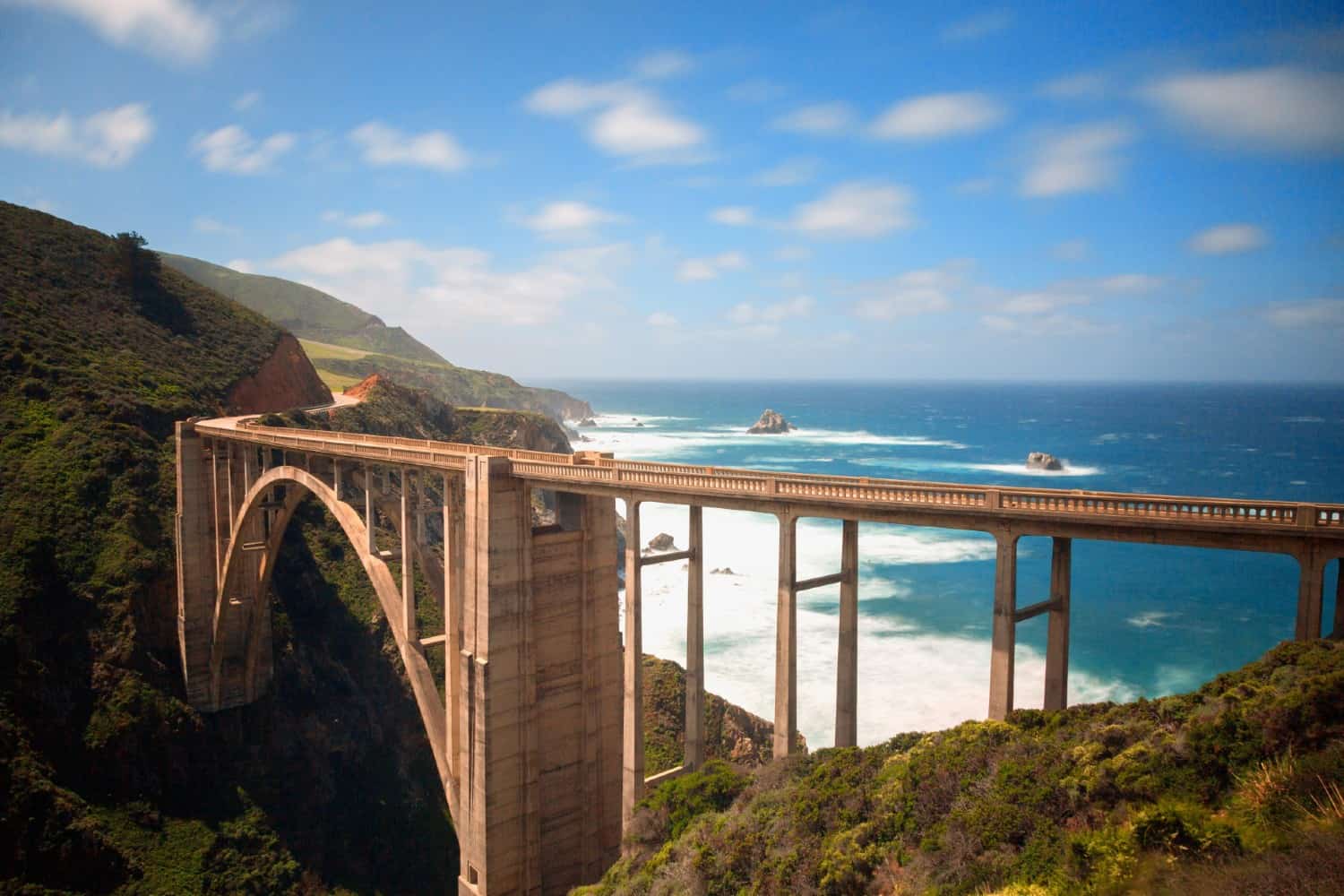What does Point Lobos have in common with Big Sur? They are both very popular tourist destinations and even more, they are located in the same county as Monterey, about 22 miles from each other. Despite this, they also differ in some ways; for example, point Lobos only occupies an area of 8.83sq mi while Big Sur stretches for 90 miles along the Pacific Ocean. Is that all there is between these two destinations? Definitely not!
Point Lobos vs Big Sur: What is the difference?
Big Sur is a more prominent tourist destination than Point Lobos and offers more attractions, varied activities, and more room for visitors. Big Sur provides camping facilities and hiking trails for all levels. Point Lobos is smaller, with no camping facilities and advanced hikes.
Without camping facilities and advanced hikes, point Lobos suits visitors with limited time.
In this article, I have highlighted the various aspects that make Point Lobos and Big Sur so different yet so similar in other ways. Also, if you want to hike or camp, which destination is better? Read on to find out all about it.
Point Lobos vs Big Sur in Summary
Point Lobos
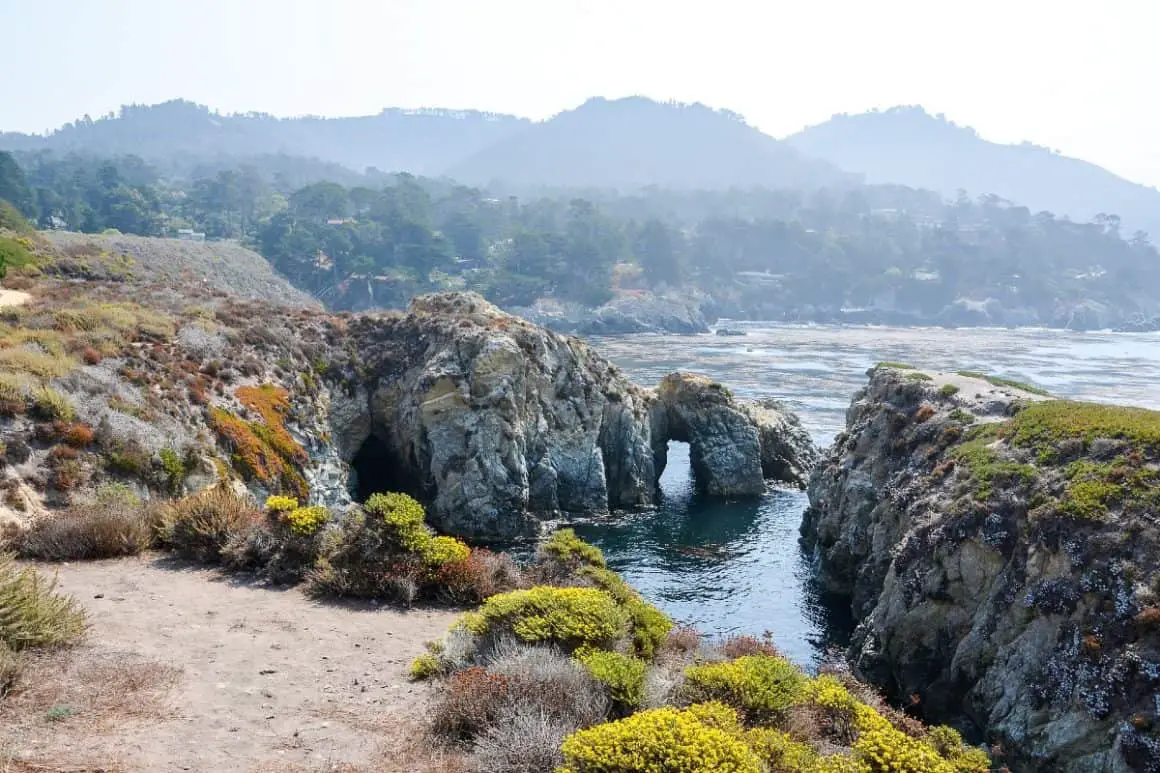
Point Lobos is a state park and a natural reserve in the South of the city of Carmel in Monterey county. It is located on the northern end of the Big Sur coastline, extending to 8.83 sq miles. Out of California’s 280 state parks, Point Lobos has earned the name ‘crown jewel’ thanks to its diverse plants and animals, breathtaking views, and serene environment.
Crown jewel is just a fond nickname though; the name Point Lobos is coined from the Spanish meaning of the name Punta De Los Lobos Marinos which means Point of the Sea Wolves. It was named thus due to its large sea lion populations. Further, if you are looking to burn some calories or just looking to stroll, Point Lobos comes with several miles of hiking trails, a few spots for watersports, and several beaches.
Big Sur
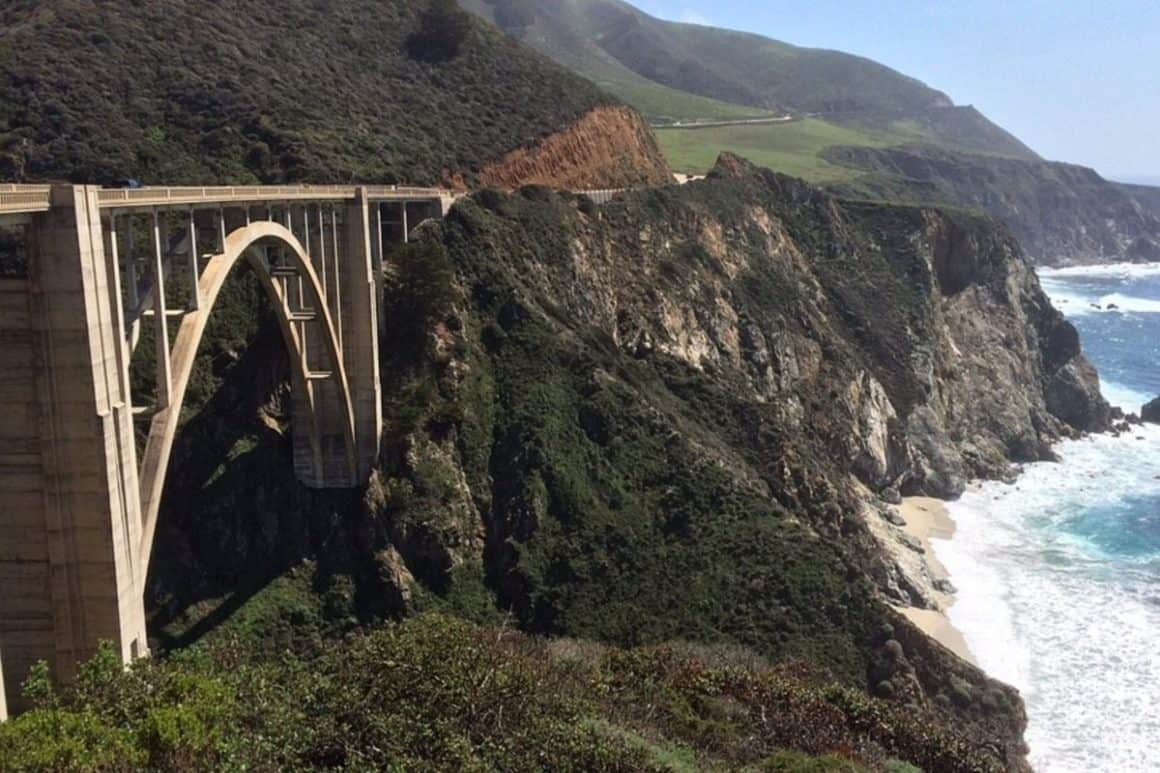
Big Sur is a rugged and scenic coastline located on the central coast of California, Monterey county. It stretches for about 90 miles from the town of San Simeon to the Carmel Highlands. Among the terms used to describe Big Sur is ‘‘the longest and most scenic stretch of undeveloped coastline in the United States’’.
For this reason, coupled with diverse plants and wildlife, hiking trails, water sports, and other activities, Big Sur is included in the list of the top 35 tourist destinations in the world. Ever wondered what Big Sur means? The name was derived from the Spanish meaning of The Big South, El Sur Grande. El Sur Grande was the original name of the region of Big Sur.
Point Lobos vs Big Sur Climates
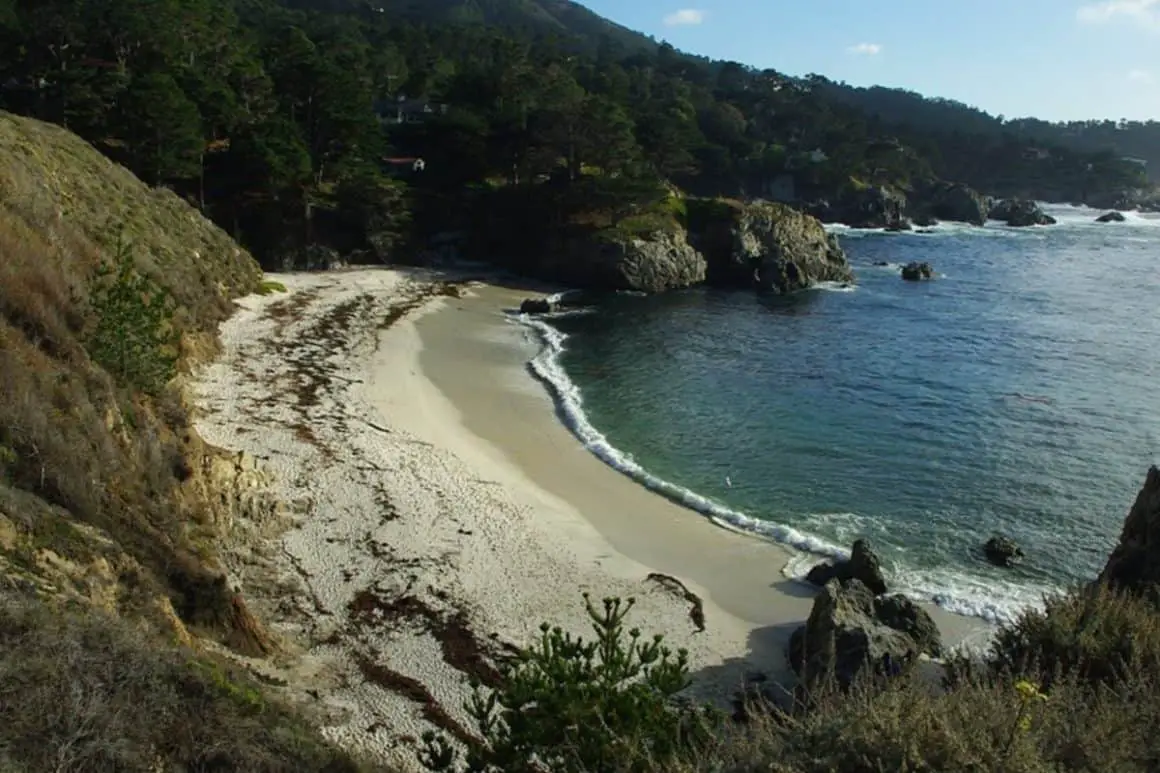
There is no difference between the climate in Point Lobos and in Big Sur. The reason being, both of these tourist destinations are located not only in the same county of Monterey but also along the same coastline.
Therefore, both Point Lobos and Big Sur experience moderate weather all year round due to the area’s Mediterranean climate. That said, temperatures range from 57°F-65°F (14°C-18°C).
The seasons are as follows:
Fall (September-November)
The fall season is characterized by sunny mornings, warm afternoons, and breezy evenings. The temperature ranges from 40°F – 70°F (4°C – 21°C).
Winter (December-February)
Winter, though mildly cold, comes with occasional rain and clouds.
The temperature ranges from 42°F – 61°F (5°C – 16°C).
Spring (March-May)
Spring is usually cool and sunny but it may rain a little in March. It is also the season characterized by blooming flowers and sweet-smelling air.
The temperature ranges from 43°F – 72°F (6°C – 22°C).
Summer (June-August)
Summer is dry and comfortably warm with foggy mornings. Nevertheless, the fog clears by the early afternoon. It is also the peak season for both Point Lobos and Big Sur. This means bigger crowds and more expensive accommodation.
The temperature ranges from 48°F – 77°F (9°C – 25°C).
The Best Time to Visit Point Lobos or Big Sur
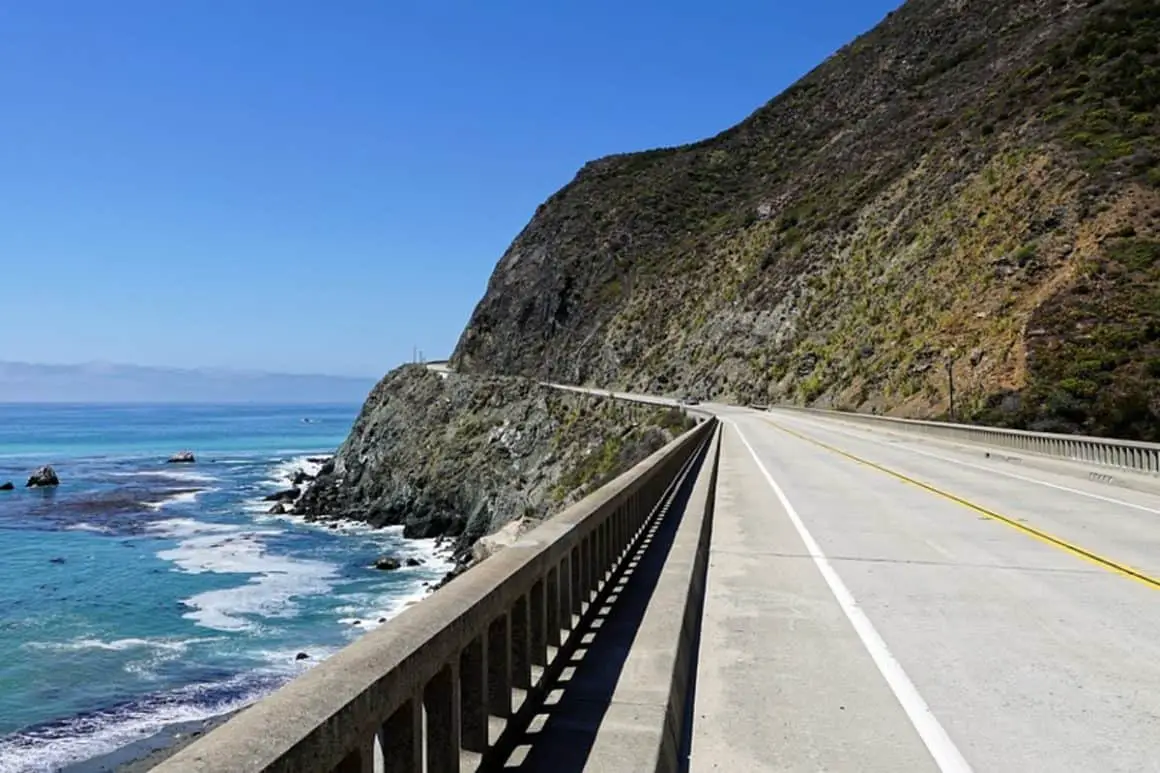
The months of September, October, April, and May are the best time to visit Point Lobos or Big Sur. The time comes with the clearest skies and warm temperatures. Also, the crowds are fewer compared to summertime which gives you an opportunity for cheaper accommodation and quieter time.
If you don’t mind the crowds and the extra charges, summer usually presents great weather for all outdoor activities in either Point Lobos or Big Sur. Regardless of the time that you choose to visit, dress in layers. This way, you can reduce or add on depending on weather changes.
Would you like to catch some of Big Sur’s seasonal events alongside your adventure? Be on the lookout for Big Sur Forage Festival in January, Big Sur International Marathon in April, Big Sur Jade Festival in October, and the Big Sur Fall Harvest Crafts Fair. Unfortunately, no major events happen in Point Lobos – remember it is a nature reserve.
Related: A Complete US National Park List
Activities in Point Lobos vs Big Sur
Both Point Lobos and Big Sur attract all manner of outdoorsy people whether you are a nature walker, photographer, scientist, hiker, or bird watcher. Nevertheless, we have already established that Big Sur is way larger. Therefore, there’s more to see and do in Big Sur compared to Point Lobos. So which activities appeal to you the most? Find out below.
Point Lobos
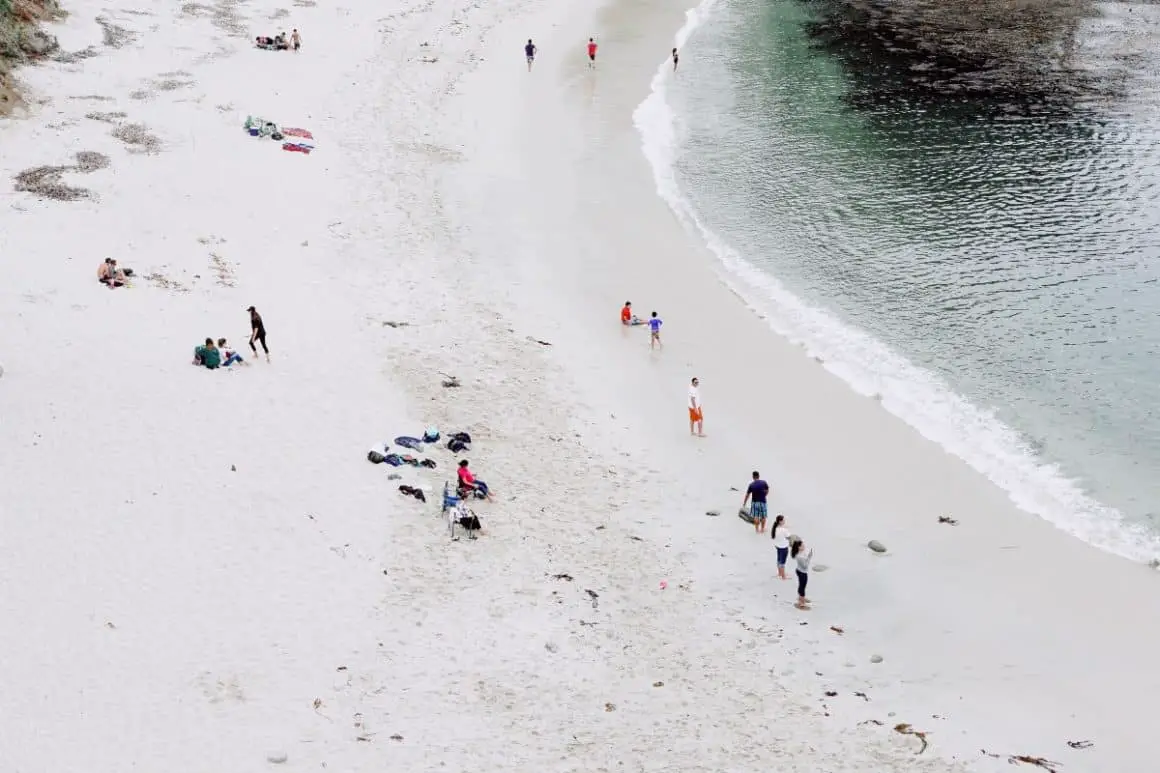
Spend Some Time on or in the Water
Point Lobos is a great place for swimming, scuba diving, snorkeling, and kayaking. Basically, as long as the reserve is open, swimming and kayaking are allowed anywhere in Point Lobos. For snorkeling and scuba diving though, you have to make reservations beforehand.
Explore the Beauty of Marine Life
Would you like to see otters, crabs, sea urchins, and seals warming up on the rocks? Try the Whalers Cove, China Cove, and Sand Hill for the best views. Sometimes, you can spot whales swimming further out in the water.
Hike or Take a Nature Walk
You can take your exploration further by hiking or nature walking the well-maintained trails suitable for families, couples, or even solos. This is where you get to see numerous plants and animals in their natural home.
Learn Some History
How much do you know about Point Lobos? The Whaler’s Cabin Museum was built in the 1850s and is listed in the National Register of Historic Places. It is a great place to learn some history of the reserve.
Big Sur
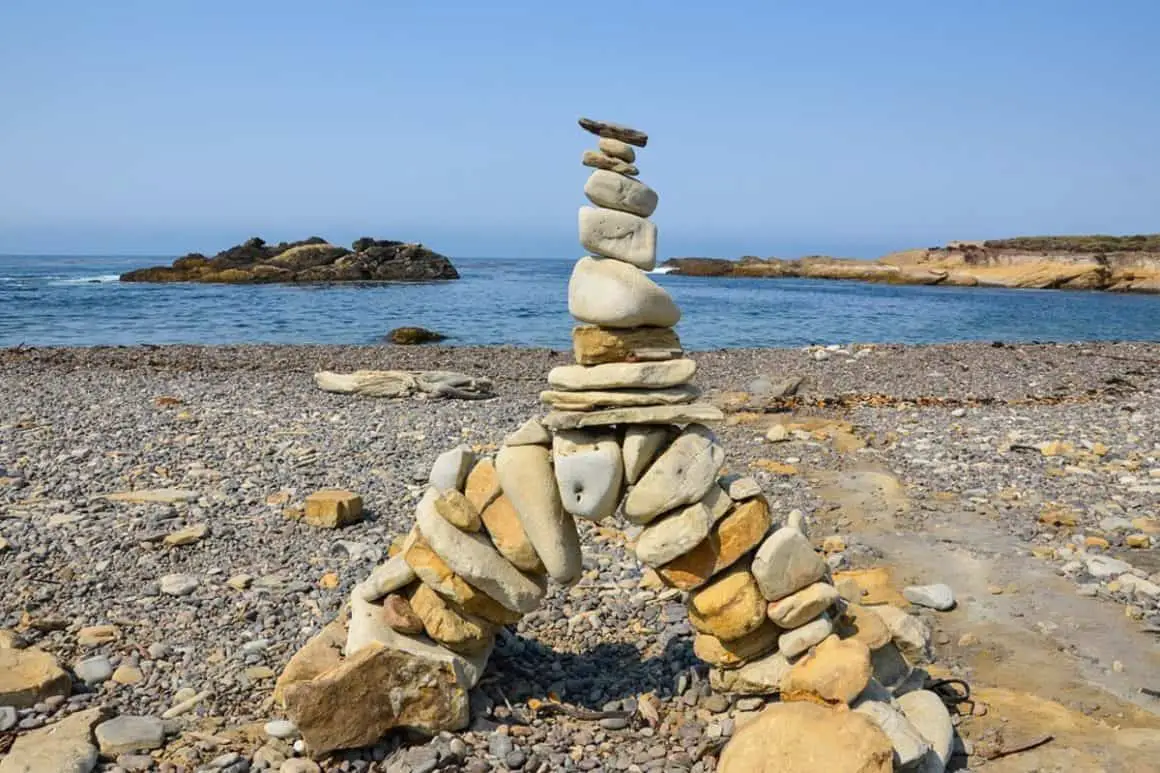
Take Beach Strolls
The main beaches in Big Sur include the Monastery Beach, the Pfeiffer Beach, Andrew Molera State Park Beach, the Sand Dollar Beach, and the Garrapata State Park Beach. They are great places to stroll, picnic, view the marine animals and vegetation, and take photographs.
Unfortunately, you cannot swim at any beach in Big Sur (it’s not recommended) because the ocean currents are too powerful, and the shores can be dangerously rough.
Surf or Learn How to Surf
In Big Sur, you cannot run out of places to surf whether you are a beginner or a pro. In fact, you can even learn how to surf.
Sand Dollar Beach is one of the best surfing spots for different levels of surfing. Then there’s Willow Creek for the pros and Andrew Molera State Park Beach for intermediate surfers.
Want to learn how to surf? Check out the places to learn surfing in Big Sur.
Go Beachcombing at Sand Dollar Beach
Do you like to hunt for treasures at the beach? Then you will be right at home at Sand Dollar Beach in Big Sur. It is named Sand Dollar for a reason; the shore is often full of sand dollars (sea urchins) washed-up from the ocean. That’s not all; you can collect rocks that contain minerals such as jade and serpentine.
Swim in Big Sur’s Swimming Holes
The fact that you cannot swim in Big Sur beaches doesn’t mean that you cannot take a dip to cool off; there are swimming holes where you are allowed to swim. Good examples are the Gorge Swimming Hole and the Salmon Falls swimming Holes. The best time to swim would be from May to September when the water is warmer and not overflowing.
Explore and Take Pictures
Are you armed with a camera? There are many things to see and take pictures of. Examples? The 17th-century kilns of the Limekiln State Park, The views from the top of the Point Sur Light House, the Bixby Canyon Bridge, and the Henry Miller Library. Also, remember to check out Big Sur’s many waterfalls such as the McWay Waterfall, Pfeiffer Falls, and Limekiln Falls.
Take Nature Walks
Big Sur’s State Parks create the perfect places to spend time surrounded by nature. Whether you want to have a picnic, explore the diverse plants, or just take a walk to unwind, just head to Gerrapata State Park, Andrew Molera State Park, and Limekiln State park.
Visitors in Big Sur vs Point Lobos
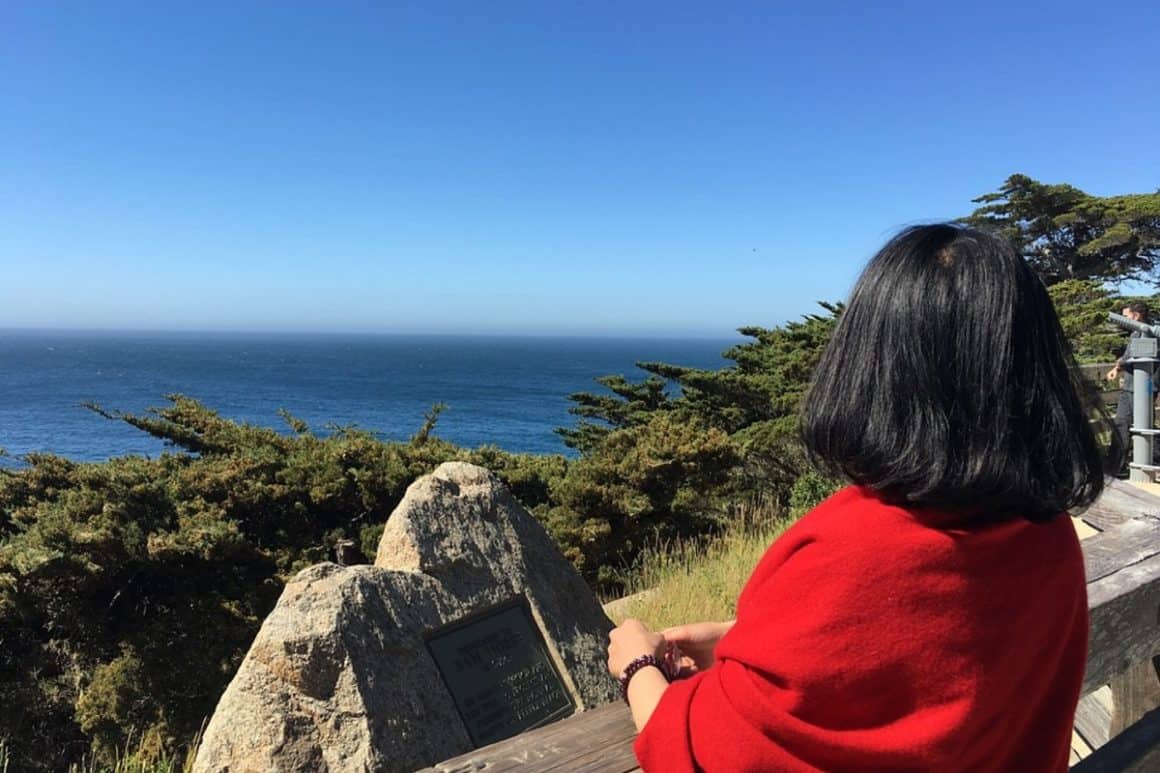
There’s a big difference between the number of visitors that Big Sur and Point Lobos receive. Big Sur receives about 5.8 million visitors annually, while Point Lobos receives just over one million visitors annually. Though both are all-year-round destinations, the summer season and especially weekends are popular with most visitors.
The entry fee for either Big Sur or Point Lobos is $10 per car. This fee covers your use of the place from 8 a.m to sunset. Vehicles with senior citizens are charged $9 while those with a disabled-discount-pass are charged $5.
While there’s plenty of parking space in Big Sur, Point Lobos has parking space for 150 cars only. That said, if you miss a parking space, you can still park along the highway and walk into Point Lobos.
Point Lobos vs Big Sur: Which Is Better for Hiking?
Big Sur gives a better hiking experience than Point Lobos. The reason being, is that Big Sur provides numerous trails of all difficulty levels with beautiful sights. On the other hand, if you just want to enjoy a natural and beautiful environment while enjoying easy-to-moderate hikes, then point Lobos is a great place to go.
Point Lobos
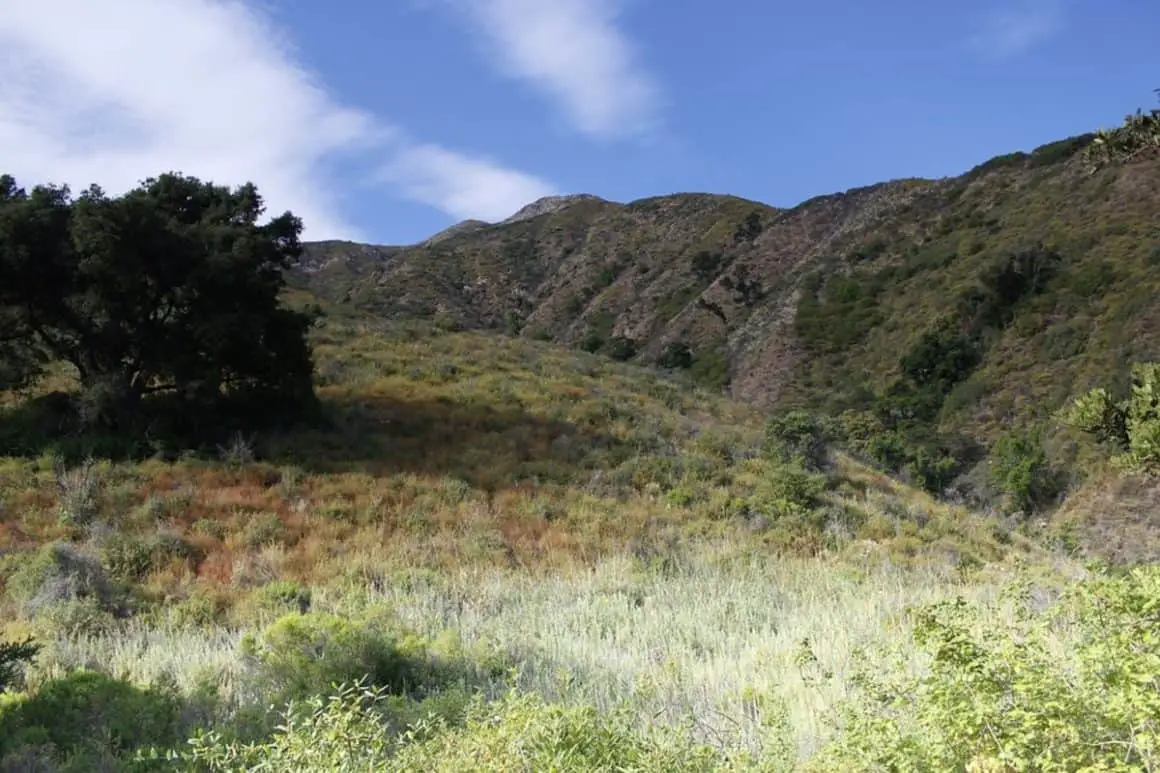
Point Lobos comes with about 8 miles of hiking trails in total. Basically, there are no overly difficult trails in Point Lobos. Some are even ADA (Americans with Disabilities Act) compliant. The most rewarding part of hiking in Point Lobos is the breathtaking sights and sceneries along the trails.
Easy Trails
- Moss Cove Trail
- Sea Lion Point Trail
- Bird Island Trail
- Cypress Grove Trail
Moderate Trails
- South Plateau-Bird Island
- Cypress Grove via South Shore Trail
- Lion Point Trail Loop
ADA Trails (Americans with Disabilities Act)
- Carmello Meadow
- Granite Point Trails
Additionally, if you are looking for a tough ADA compliant hike, you can break some sweat hiking the Bird Island Trail.
Big Sur
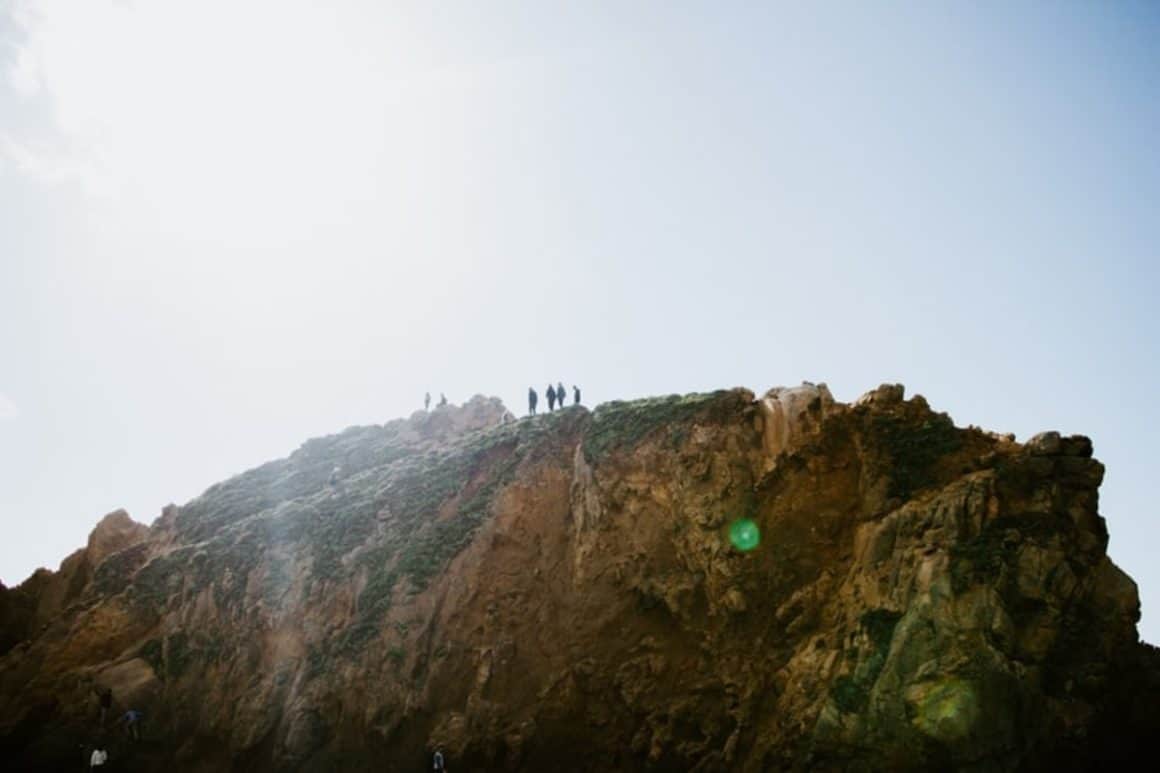
Like I have stated, Big Sur caters to the needs of all hikers. There are over 50 hiking trails of varying lengths and difficulties.
Here are examples of the best hikes in Big Sur:
Easy Trails
- Pfeiffer Beach Trail
- Andrew Molera Beach Trail to Creamy Meadows
- Bobcat Trail
- Liewald Flat
- Big Sur Nature Trail
Moderate
- Valleyview Overlook
- Cone Peak Summit Trail
- Bluffs and Panorama Trail via Creamery Meadow
- Buzzards Roost Trail
- Partington Cove trail
Hard
- Timber Top and Boranda Trail
- Tanbark Trai and Tin Housel
- Manuel Peak Trail
- Cone peak to Surprise Falls
ADA Compliant (Americans with Disabilities Act)
- Nature Trail
Big Sur vs Point Lobos: Which Is Better for Camping?
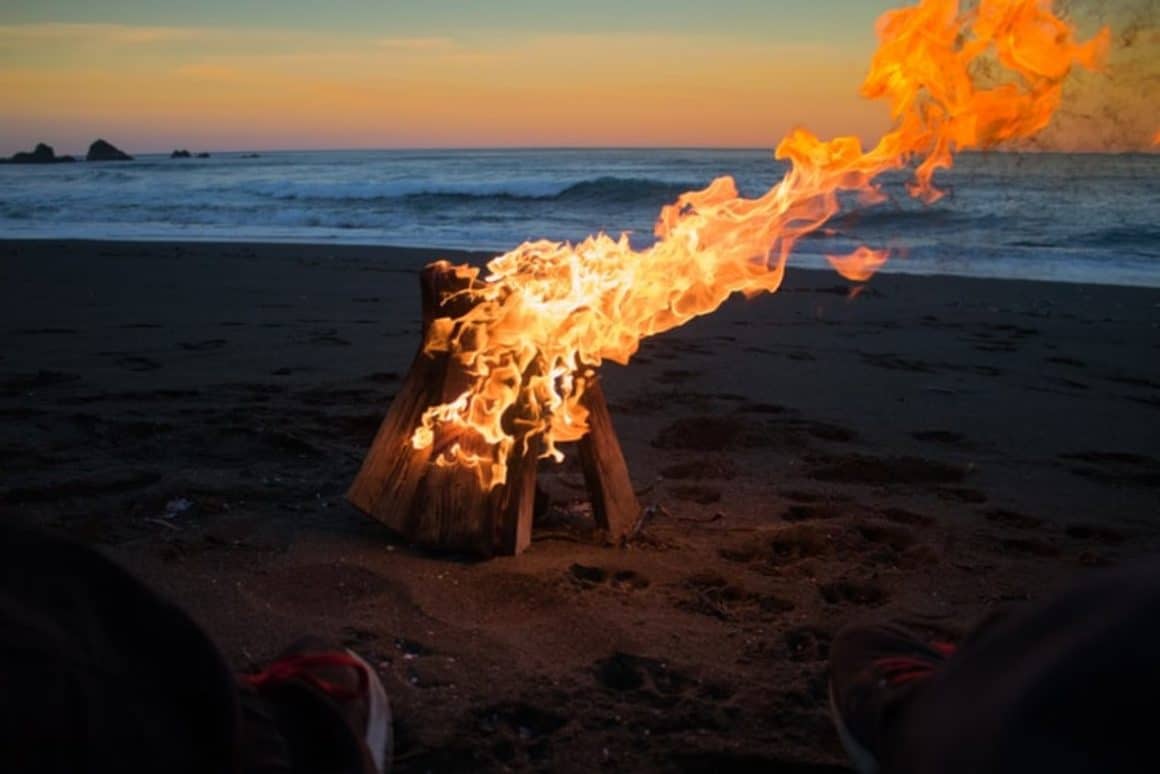
If you are interested in camping, Big Sur is the place to be. Point Lobos Reserve only operates during the day and there are, therefore, no places for camping.
Big Sur on the other hand, offers numerous campgrounds with prices that range from $30- $35 per night. However, depending on how comfortable you want the campgrounds to be, the charges can get as high as $85.
Big Sur camping grounds are very popular so most will fill up even months in advance. To get your preferred spot, ensure that you do your reservation in advance. For everything else you need to know, here’s a complete guide to camping in Big Sur
Wildlife in Big Sur vs Point Lobos
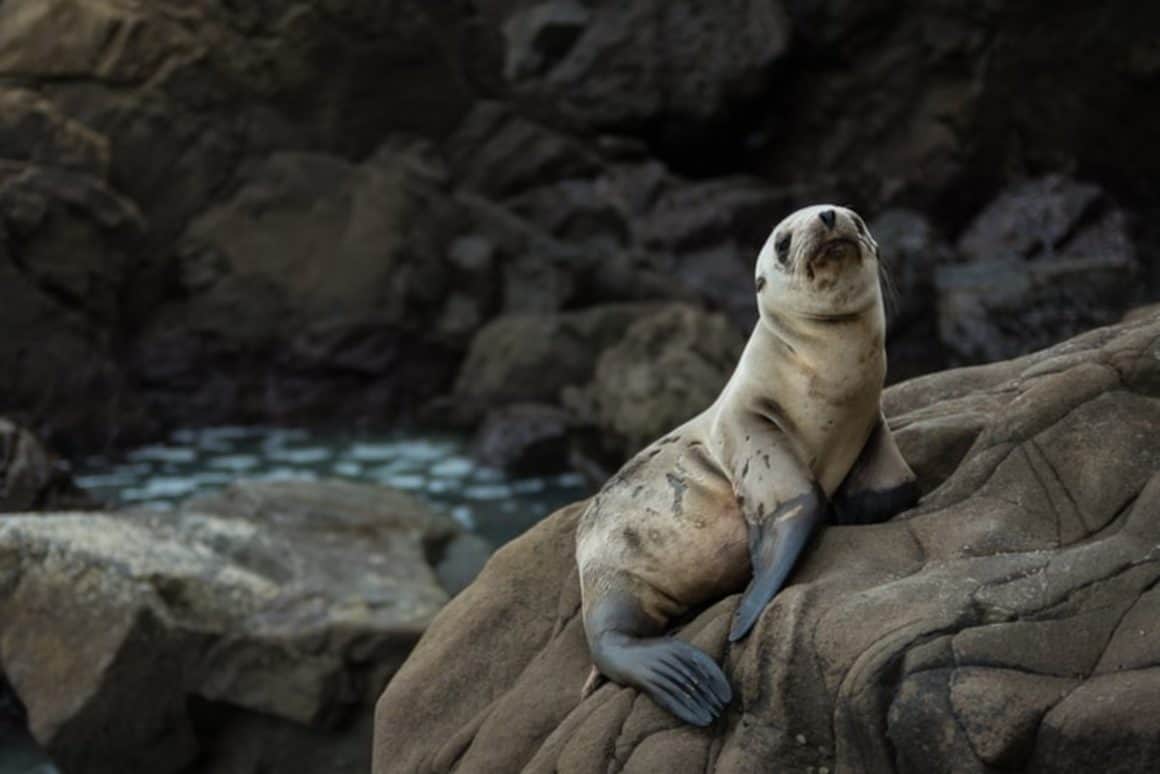
Given that both Big Sur and Point Lobos are in the same region and actually share the same climate and Pacific waters, there is not much difference between the wildlife in the two locations.
Below, I have outlined some of the wildlife that you are likely to see whether you visit big Sur or Point Lobos.
Seals
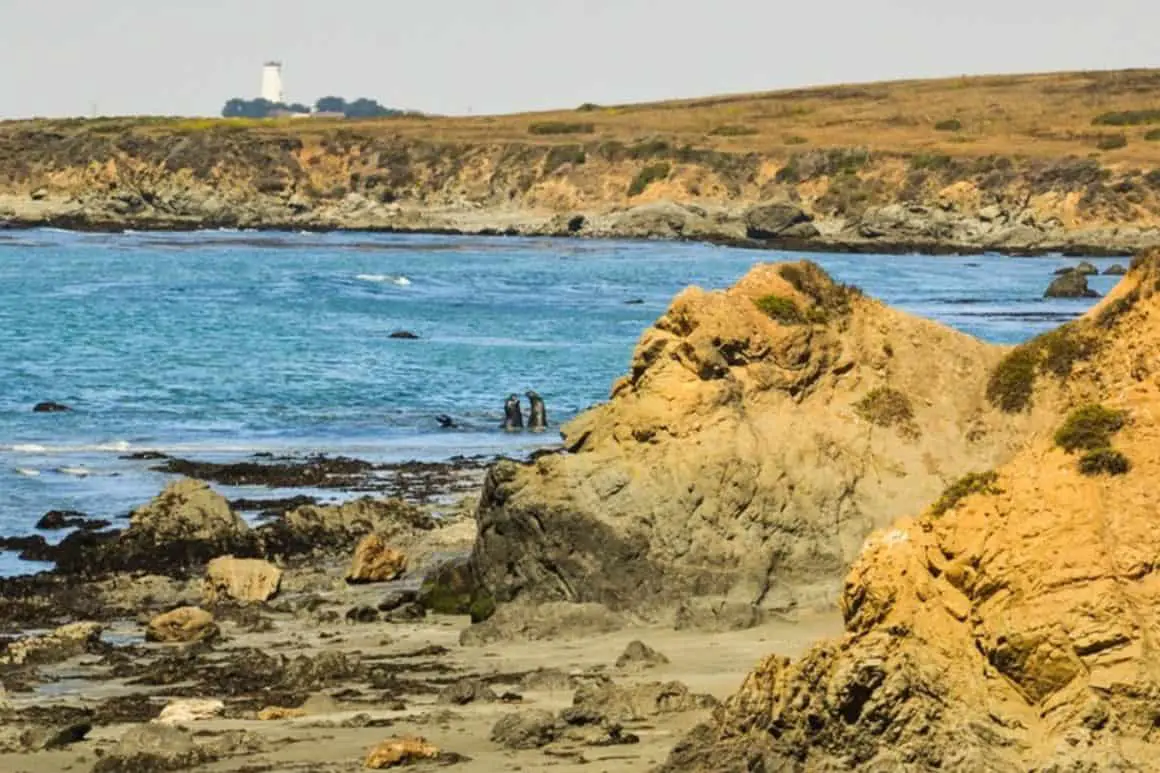
If you happen to see seals, you will probably see them sunbathing on the beaches or on the rocks. You might mistake them for being lazy but they actually sleep during the day and hunt at night.
China Cove and Whalers Cove in Point Lobos are home to numerous harbor seals. In April and May, you may even get an opportunity to see their newborn puppies.
In Big Sur, you will likely see Elephant seals on the South at the Piedras Blancas Beach. To see female Elephant seals accompanied by their newborns, be there between early January through mid-February.
Fun Fact: Did you know that seal puppies can start swimming a few minutes after being born?
Whales
You can spot numerous types of whales all year round whether they are migrating or looking for food.
In particular, you can watch grey whales from December to January and again from March to May. Minke whales are common from January to April while humpback whales are sighted from April to December. Killer whales or orcas are active throughout the year as they prey on seals, dolphins, and fish.
The best places to have great views of the whales are South Point and Sea Lion Point in Point Lobos, and Monterey Bay in Big Sur.
Birds
Big Sur and Point Lobos are home to over 300 bird species. A few common birds are Brandt’s Cormorant, Peregrine Falcon, Great Egret, tufted puffin, Snowy Egret, Great Blue Heron, American Crow, Black Phoebe, Scrub Jay, Dark-eyed Junco, and Song Sparrow among others.
One of the most amazing birds you will encounter in Big Sur is the California Condor, North Amerca’s largest bird, and one of the rarest bird species alive. It weighs up to 26lb and can live up to 60 years.
You can spot the California Condor and numerous other birds in Andrew Molera State Park, Big Sur Lodge, and Julia Pfeiffer Burns State Park.
In Point Lobos, Birds Island is the best place for birding enthusiasts.
Land Animals
The land animals that are found in both Big Sur and Point Lobos are Coyotes, Mountain lions, bobcats, grey foxes, raccoons, deer, squirrels, porcupines, black bears, and skunks among others.
Plants
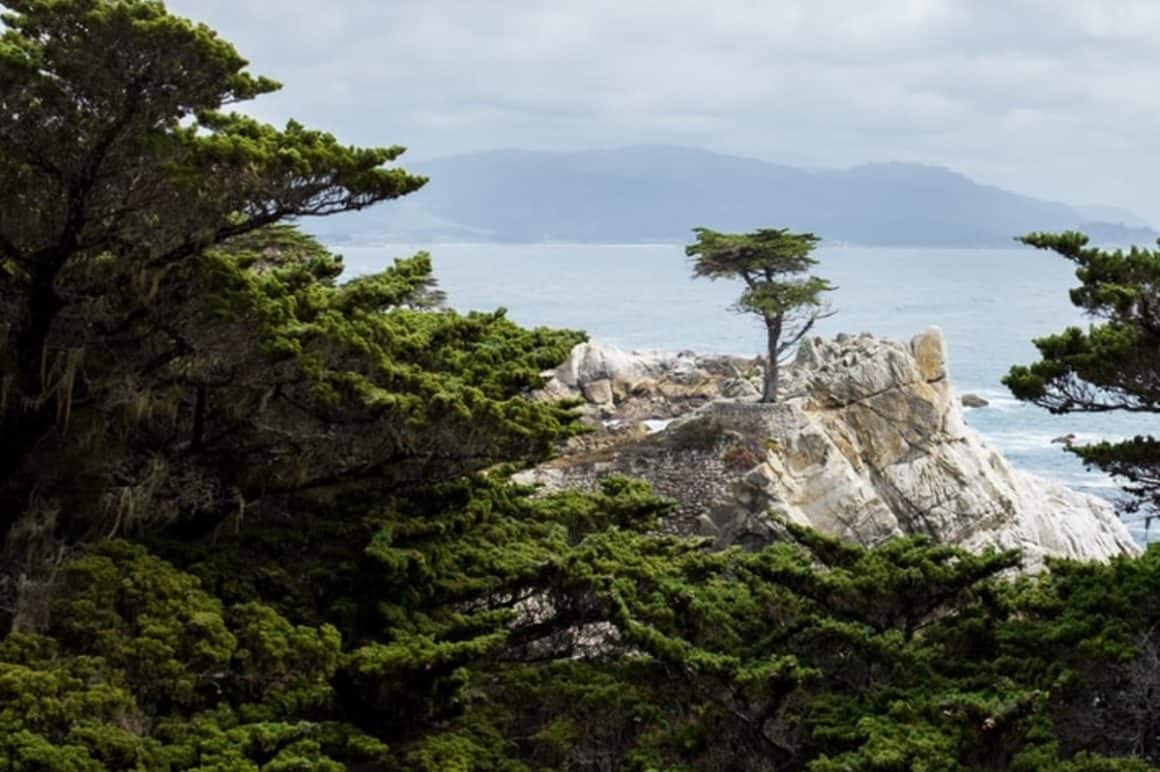
Many plant species inhabit Big Sur and Point Lobos. If you are drawn to unique and beautiful wildflowers, spring is the best time to see varieties of wildflowers in full bloom. Great examples are California Poppies, Wild irises, Douglas Iris, Lilac Ceanothus, and Indian paintbrush.
Big Sur is known for its redwoods. The trees are also known as Coastal Redwoods can grow to over 350 ft and live for up to 2000 years. Examples of other common plants in Big Sur are Lemon Verbena, California Flannel bush, and Silver Tree.
The Monterey Cypress is a signature tree in Point Lobos. The trees grow by the sea and despite growing to 70-90ft tall, they have an exceptional tolerance to wind. This species of cypress is only found in two places; Point Lobos and Cypress Point in Pebble Beach. Both of these locations are in Monterey county.
Other common plants in Point Lobos include the Lace Lichen, Monterey Pine, and the Northern Coastal Scrub.
Final Words
There you go! Whether you visit Point Lobos or Big Sur, you will have a lot of activities to keep you busy. It is apparent that while both destinations are in the same region, each has something unique to offer.
With that in mind, visiting both Big Sur and Point Lobos might not cost you another trip after all.

